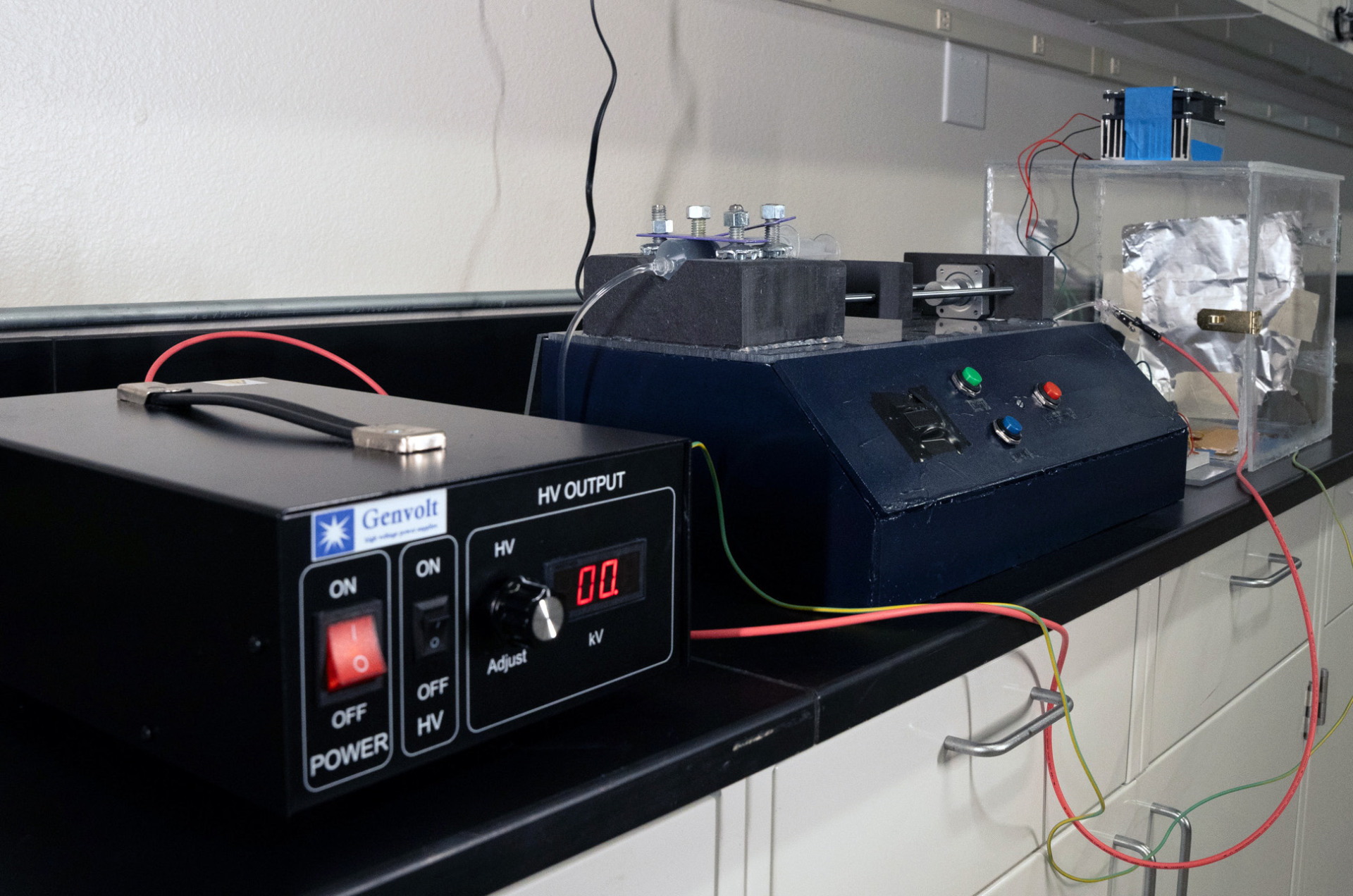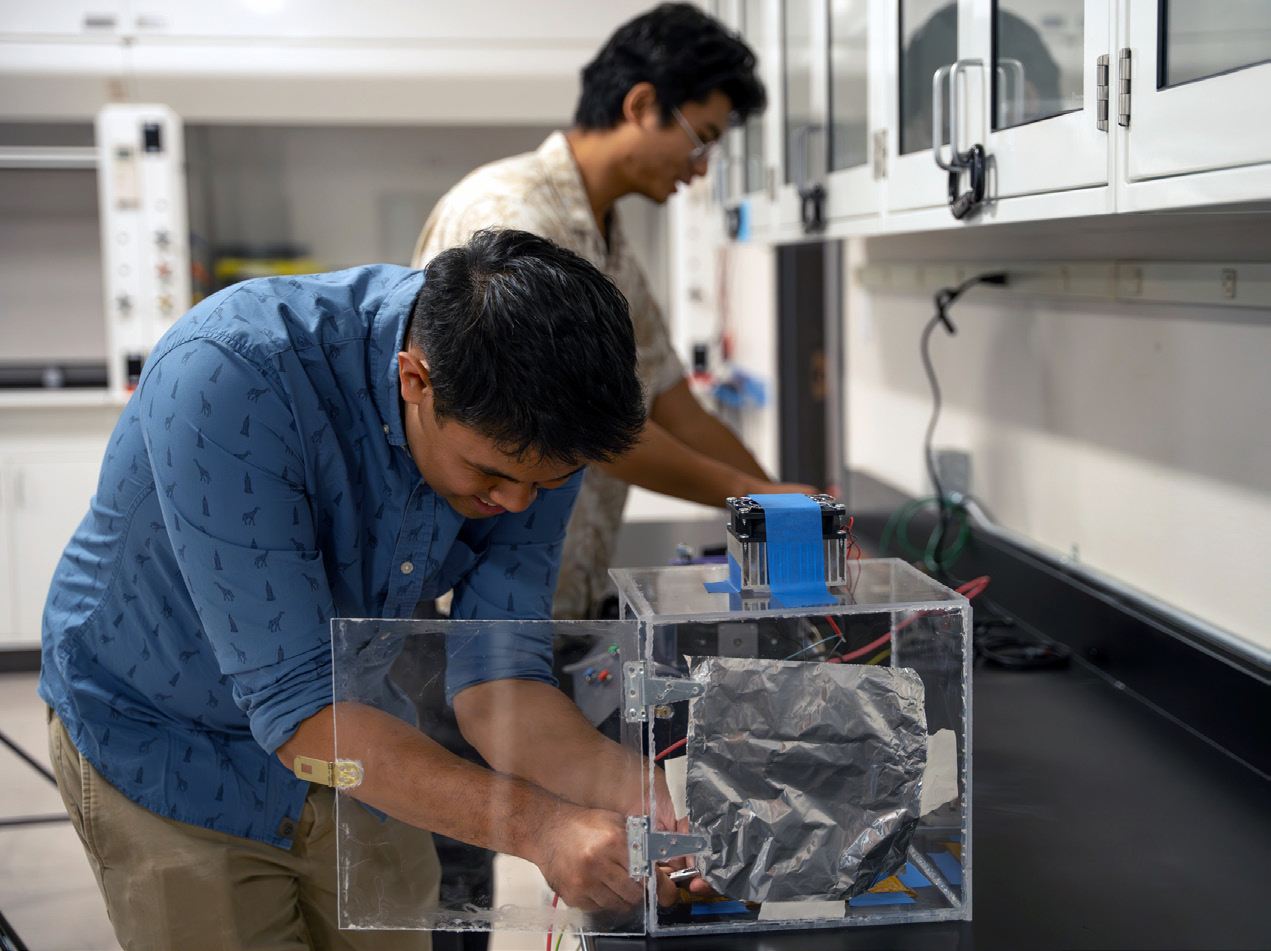Project-based Learning Prepares bioengineering Students for Capstone
Junior year often marks a turning point as students edge closer to their goal of graduation. Students may have enough background knowledge to meaningfully participate, but they do not yet possess the technical background to dive headlong into a senior design capstone program. They also need to build professional skills in high demand by employers.
Dr. Christian Rivera, assistant professor of instruction in the Department of Bioengineering in the Erik Jonsson School of Engineering and Computer Science at The University of Texas at Dallas, aims to reinforce several critical skills in a collaborative junior-level design course. He developed and launched the course, then described his findings during a work-in-progress talk delivered at a June 2023 American Society for Engineering Education (ASEE) conference held in Baltimore, Maryland.
“The field of bioengineering is rapidly evolving, and our educators must obtain feedback in best practices as they implement new pedagogical strategies,” said Dr. Shalini Prasad, head of the Department of Bioengineering and Cecil H. and Ida Green Professor in Systems Biology Science in the Jonsson School. “Experiential learning is the cornerstone for training successful bioengineers, as the field sits at the intersection of basic applied sciences and engineering. This junior-level design course has been designed to impart this experience through project-based learning.”
Rivera was initially attracted to the University for its openness to innovation and opportunities for him to enhance his skills as an educator.
“The idea of developing a course from the ground up was very appealing to me,” Rivera said. “I enjoy working with undergraduate students because they don’t really know what they want to do yet in some sense, and I’m trying to help them figure that out.”
Rivera completed his PhD in biomedical engineering at the Georgia Institute of Technology, then decided to specialize in teaching. He completed his postdoctoral training at the University of Michigan where he recognized that a gap between research skills and skills required for industry roles needed to be bridged. Rivera teaches statics, fluid mechanics and introductory biomechanics in addition to junior design.

“THERE ARE DIFFERENCES IN THE SKILLS THAT RESEARCH FACULTY WANT VERSUS WHAT INDUSTRY WANTS. WE WANT STUDENTS TO HAVE THE CHOICE AND OPPORTUNITY TO GO INTO BOTH RESEARCH AND INDUSTRY. HOW CAN WE BE MORE BALANCED IN WHAT WE TEACH?”
— Dr. Christian Rivera, assistant professor of instruction in bioengineering
DEVELOPING SKILLS FOR THE REAL WORLD
I designed it in such a way as it matches what Dr. Polk does.At UT Dallas, all engineering and computer science bachelor’s students are required to complete a senior design capstone program called UTDesign® Capstone. The program typically takes two semesters and requires students to work in teams to solve a problem for a sponsor, most of whom are industry partners.
This experience offers many benefits for students, Rivera said, but students also need more time to develop skills in teamwork, design and problem solving.
“The challenge is getting students familiar with the design process early,” Rivera said. “Students need to apply the theory they learn to real world problems, so I’m trying to fill in that gap. I’m giving them more design experiences so that they have a better idea of how to deliver presentations, write reports and work on a team. Not all of their classes have these experiences.”
Rivera worked with Dr. Todd Polk, associate professor of practice and UTDesign director for bioengineering, and other faculty to improve the vertical alignment, or transfer and reinforcement of skills from one course to another.
“The addition of junior design to the required biomedical engineering curriculum has been very positive,” Polk said. “Students are showing up much more prepared for senior design. They have had exposure to the engineering design process and documentation requirements used in senior design, and that is accelerating the beginning stages of their capstone projects.”
Rivera added, “I designed it in such a way as it matches what Dr. Polk does. The students go through the same steps, so they get a preview of what’s coming.”
Rivera also connected with faculty who were teaching related areas. Biomedical engineering can incorporate skills from electrical engineering and mechanical engineering, such as computer-aided design (or CAD), as well as biology and chemistry.
“When I was designing the class, the faculty said I needed to hit certain subjects,” Rivera said. “We needed more advanced circuits created with microcontrollers, more CAD, more fabrication and using the machine shop. The students were doing some CAD during the first year, but some were not using it again until senior year. Some students have never even stepped foot in the machine shop. The idea was to give them more experience there so that during senior year, they weren’t thinking, ‘Oh, I have this this big project, and I also need to teach myself how to do all these things.’”
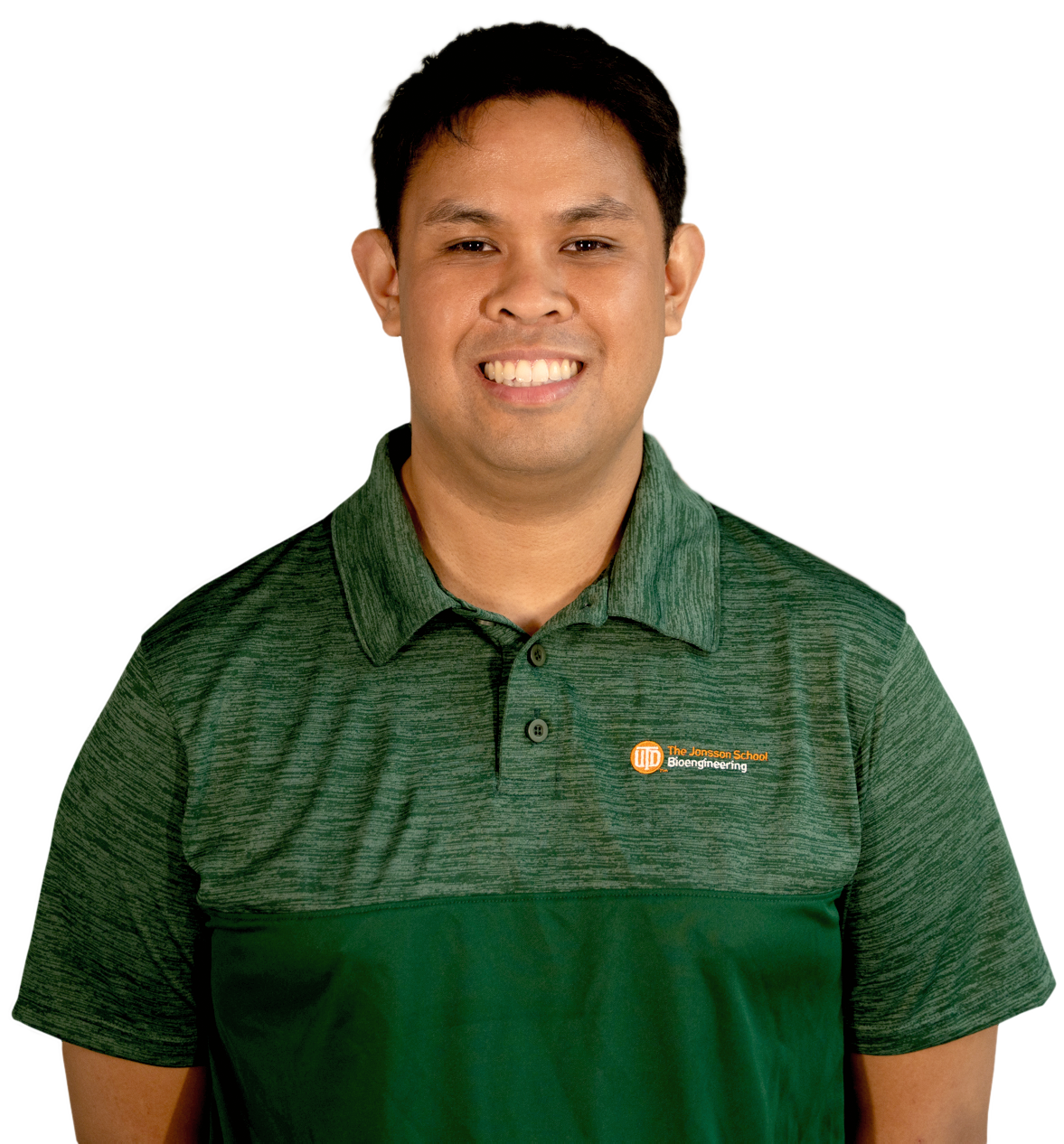
Rivera said he enjoyed having the opportunity to design his junior-level bioengineering course at UT Dallas and collaborate with peers across the United States.
ELECTROSPINNING AS AN ANCHOR PROJECT
Rivera’s first challenge was to determine a cost-effective group project that was also engaging for the students. He ultimately decided on electrospinning, a fiber production method that uses high voltage to draw polymers into ultra-thin threads at the nanometer scale.
“You have a polymer in a syringe, and you apply a very high voltage to a needle,” Rivera said. “The polymer is charged and pulled to ground or a negative terminal due to the electrostatic attraction. This process then makes a very thin fiber which is ideal for biological applications.”
Future applications for electrospinning include tissue engineering and drug delivery, but Rivera was primarily concerned with the problem-solving skills students would build through the project.
Electrospinning also requires students to focus on controlling and testing several variables including the concentration of the polymer solution, voltage, feed rate and ambient conditions, Rivera said. These can all greatly affect the quality and properties of the fibers, and the students are tasked with creating engineering controls for these parameters.
“I learned about electrospinning in undergrad,” Rivera said. “It’s a very finicky process, so I thought it would be a good experience for students.”
While electrospinning itself has not been applied broadly in industry settings, the students gain transferrable skills.
Rivera said, “Electrospinning is something that’s done mostly in the research space and is slowly getting more into industry. Students are trying to figure out all the kinks so that they can see what is needed for commercialization of a product.”
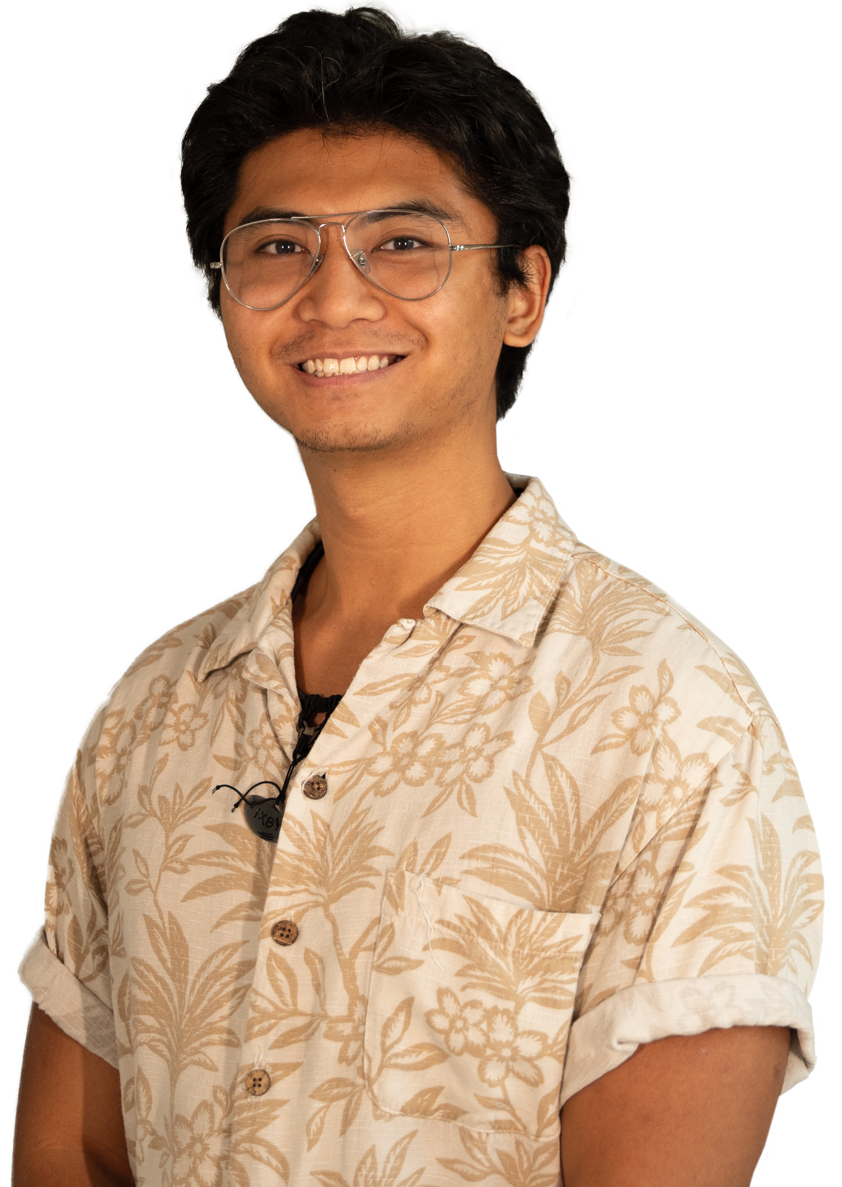
Stout is currently a PhD student studying biomedical engineering and a teaching assistant.
Electrospinning produces a nanoscale
polymer fiber that can be used for several applications including tissue engineering.
CALIBRATION WITH PEER FEEDBACK
Rivera emphasized that as the new course was under development, he wanted peer feedback from well beyond his circle at UT Dallas. Attendees at Rivera’s ASEE presentation included professors of instruction at peer institutions, plus others from Accreditation Board for Engineering and Technology (ABET). Rivera’s efforts to connect with the broader engineering education community also reinforced the horizontal alignment of his course, or the extent to which the course teaches specific objectives common to peer institutions.
“The ASEE conference enables an exchange of ideas and receiving rapid feedback from a diverse audience across engineering,” Prasad said. “It was essential for Dr. Rivera to attend and present at the ASEE conference. We are proud that he was able to attend with the Instructional Fellow Award from our department.”
The dialogue generated at ASEE may inspire others at peer institutions to create or enhance similar courses as it helped Rivera to refine his course.
“Many people have heard of electrospinning, but they never thought about doing it in a course, or at least not as a big project,” Rivera said. “A lot of people are thinking, ‘Oh, this is really interesting. We may design a similar design course, or maybe this is a new project we could add.’ I’m letting people know that it’s a possibility.”
Rivera noted that future iterations of the course may offer more project options for students, depending upon resources and time available.
“Some students may not care about a thin fiber or anything of that nature,” he said. “They may want to do something related to prosthetics, as one example.”
Rivera takes the evaluation stage of his course design process to heart through peer interactions, then starts over again each semester with new tweaks to improve the student experience. From Rivera’s perspective, each semester presents an opportunity to practice and model good design, both as an engineer and as a teacher.
SPINNING INTO SENIOR YEAR: STUDENT REFLECTIONS
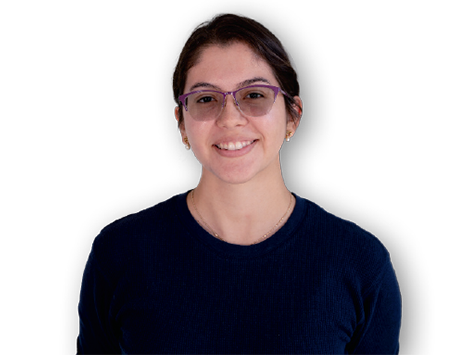
LAURA CARMONA
ANTICIPATED GRADUATION:
MAY 2024
“My junior design project was to build a chamber that would monitor and maintain the ideal temperature for an electrospinning apparatus. I am grateful we took on this challenging project as a team and not individually. Corporate documentation, fabrication training, CAD sketches, coding and practicing professionalism are all important skills that I feel will help me when working on my senior design project. I feel prepared for not only what senior design has in store, but also for what employers are looking for in engineering students. After graduation, I plan to modify limb prostheses to better suit the needs of amputees. Ideally, I would work with veterans to help them regain the abilities they once had prior to amputation.”

DESIREE DEHART
ANTICIPATED GRADUATION:
MAY 2024
“Junior design was a wonderful experience that taught professional skills necessary for industry and other careers in the biomedical field. The course was uniquely beneficial because it bridged the gap between education and application. We were taught how to design a device from beginning to end. The information provided in Dr. Rivera’s course is extremely beneficial when conducting research, designing a device and working with a company in the real world. I plan to spend my time focusing on my studies, continuing research, beginning my senior design project and spending time with my friends and family.”
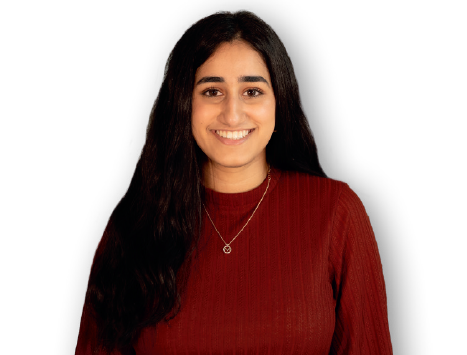
MEHAK KAUL
ANTICIPATED GRADUATION:
MAY 2024
“I collaborated with my teammates to design an automatic feedback-based temperature-controlled environment for electrospinning polyethylene oxide (PEO) fibers. I thoroughly enjoyed working with my team because we were all responsible and diligent in meeting our deadlines. This class has already prepared me for the workload I will encounter, and it has equipped me with valuable skills such as communication and teamwork. Following graduation, my plan is to continue with graduate school, then later secure a position in industry.”

ILAKKIA
MARUTHUPANDIAN
ANTICIPATED GRADUATION:
MAY 2024
“My team created a temperature control system for an electrospinning device. I really enjoyed working on my junior design project because it allowed me to implement the entire engineering process. I learned how to do corporate documentation and clearly explain our engineering process. Working on this project helped me gain professional communication skills, corporate documentation skills, CAD skills, electrical skills and fabrication skills. Following graduation, I would like to design and manufacture medical devices and possibly develop medical devices for clinical trials.”
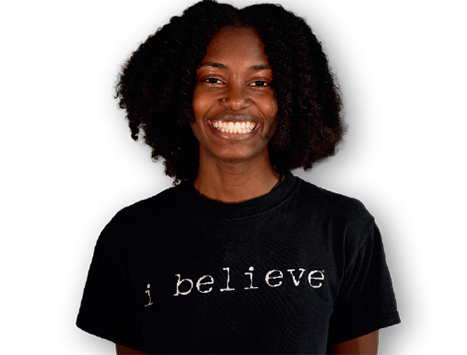
KYLAH RELIFORD
ANTICIPATED GRADUATION:
DECEMBER 2023
“My senior design project focuses on the discomforts associated with cleaning bathtubs, and we aim to design a robotic device that assists with this task. My experience so far has been great. I enjoy the diversity of backgrounds and skill sets each person brings to the table. It is an honor working with such amazing individuals.
Dr. Rivera’s class helped refresh and solidify my CAD, electrical and coding skills in preparation for senior design. I initially felt underprepared, but now I feel ready. Dr. Rivera’s course not only gave me confidence but also enhanced my communication skills. After graduating, I plan to work in industry before pursuing medical school. I’m working toward possibly becoming a physician.”

SHISHIR WAGHRAY
ANTICIPATED GRADUATION:
MAY 2024
“The project that we completed involved creating a temperature-controlled chamber, which would automatically maintain the temperature at a particular set point with minimal to no interfacing from the person. The experience working together on a team was great overall. Everything in the project ran smoothly, and I was glad to have the opportunity to work with them. My career skills were definitely enhanced as a result of taking this class, as it taught us a wide range of skills that are useful to engineers in the industry, as well as preparing us to work in a collaborative manner. Senior design may be one of the first long-term projects that students in this degree plan accomplish, and thus, this class was useful to that end. My plans following graduation are to apply to and attend medical school.”
Discover More
Empowered Learner
Q&A with Mercy Chelangat Koech Mercy Chelangat Koech, an electrical engineer from Kenya, has relocated to The University of Texas at Dallas to pursue a PhD in electrical engineering in the Erik Jonsson School of Engineering and Computer...
FROM ONES AND ZEROS TO X’S AND O’S
University of Texas at Dallas senior Blythe Williams has an enviable collegiate highlight reel, including winning the American Southwest Conference (ASC) women’s basketball championship last season. This year, the software engineering major is...
RACING TO THE TOP
In 2020, at the height of the pandemic, The University of Texas at Dallas added track and field to the existing cross country team, firing the starter’s gun on a program racing to the top of the American Southwest Conference (ASC). Two of the most decorated members of the team are scholarship...
Love & Stem
Jonsson School faculty and staff members pose with their spouses who also work at UT Dallas at the iconic Love Jack sculpture on the University mall. Back row (from left to right): Tonya Griffin, senior director of finance and administration in the...
SERVICE AT SCALE
SERVICE AT SCALE
From Brazil and Back
Alumna returns home and starts two successful companies, creating a chain reaction by recruiting others to UT DallasWith a bachelor’s degree in pharmacy and a master’s degree in chemistry, Dr. Izabelle de Mello Gindri PhD’16 started her journey with the Department of Bioengineering in the Erik...


